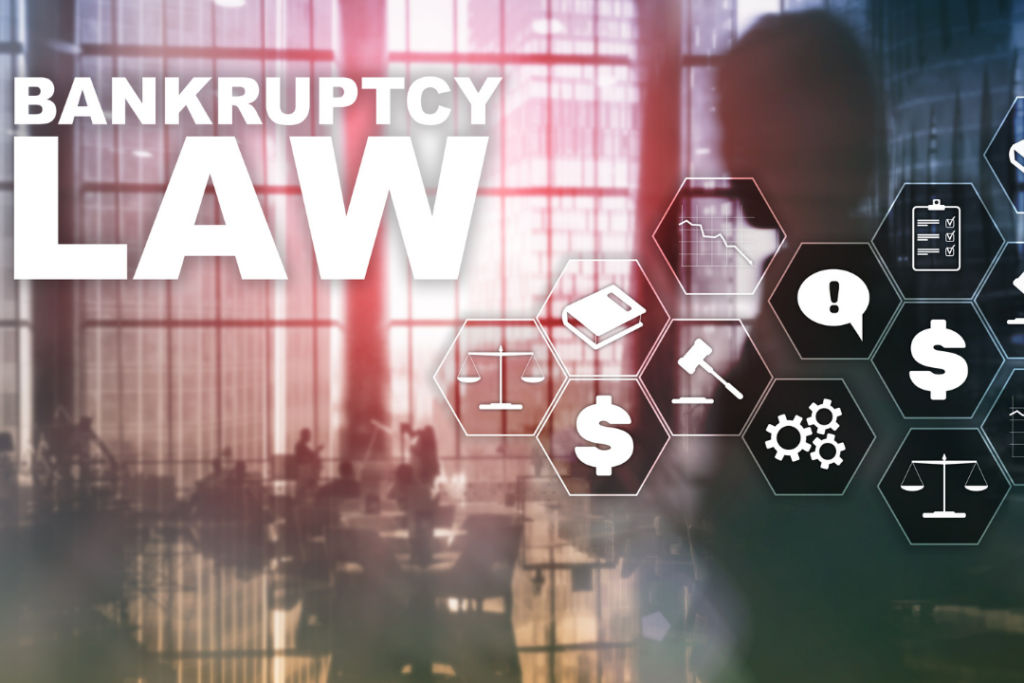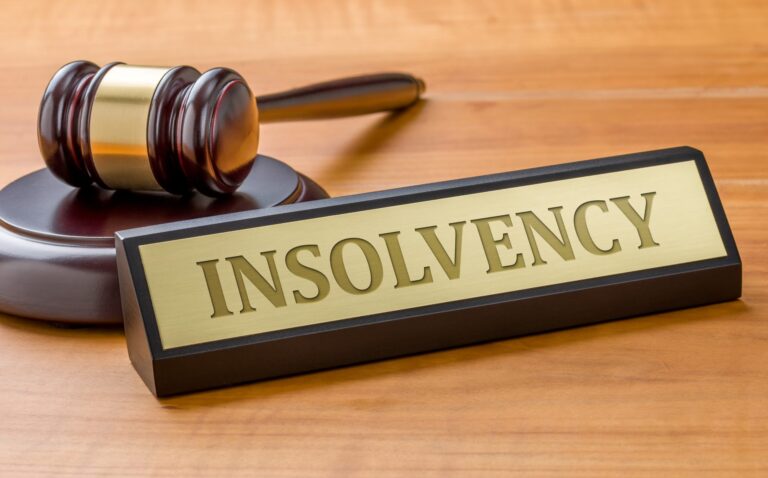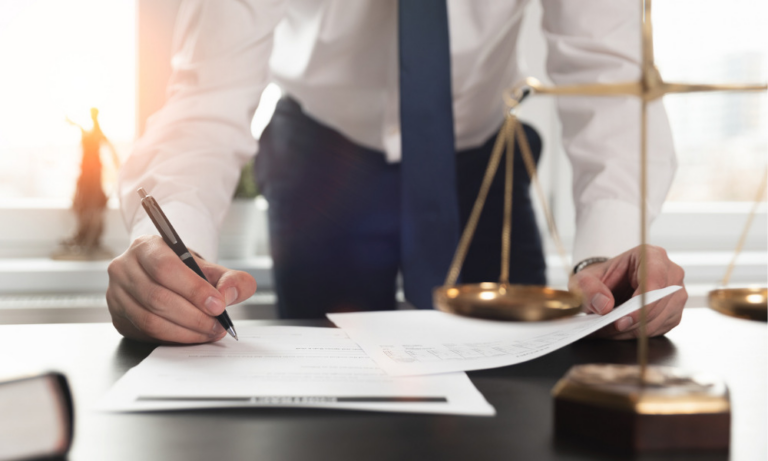Understanding Key Detail about Personal Insolvency: Perspective of Insolvency Lawyers
In this article, our experienced insolvency lawyers explain all you need to know about legal proceedings on corporate insolvency and insolvent trading claims. We believe that with adequate knowledge about the bankruptcy act, personal insolvency agreements, restructuring insolvency, legal process and how to get the best insolvency advice, our insolvency practitioners will make sure you are well-positioned to make good choices with your legal processes.
The inability to make ends meet might come up all of a sudden. Some of the reasons why individuals find themselves in a bad financial situation include the following: the loss of a job, illness, excessive use of credit, and poor decision-making.
When people are unable to keep their financial commitments and their debt continues to pile up, they find themselves at a crossroads. At this juncture, it is essential to have a solid understanding of personal insolvency as well as the choices that are open to you.
What exactly does it mean to be personally bankrupt in Australia?
Insolvency of a person’s own finances is referred to as “personal insolvency,” and it is a word used in finance. More specifically, it refers to a situation in which you are unable to make payments on personal obligations at the time that they are due.
Notably, the term “personal insolvency lawyers Sydney” refers only to unsecured obligations, which include things like unpaid rent, credit cards, overdrawn bank accounts, unsecured personal loans, and unpaid medical, legal, and accounting bills.
Many people are under the false impression that declaring bankruptcy is the only option available when they are unable to fulfil their financial obligations. In this lesson, we will delve into the many alternatives to filing for bankruptcy and explain how you might make use of them.
Is there a difference between personal insolvency and bankruptcy?
There is a legal alternative to bankruptcy known as personal insolvency, which does not place the same constraints on the debtor. Because of the repercussions that come along with it, declaring bankruptcy, which is the formal declaration that you are unable to repay any obligations that you owe, should always be your absolute last option.

Among other things, filing for bankruptcy might have an impact on your income, your ability to maintain work, and your access to future credit.
As a direct consequence of this, there is a rising interest in alternatives to filing for bankruptcy, such as personal insolvency agreements (PIA) and debt arrangements. The Bankruptcy Act of 1966 details the requirements for each option as well as any restrictions that may apply. Visit https://olsenelderlaw.com/how-to-create-legally-valid-online-wills-step-by-step/ to read about How to Create Legally Valid Online Wills Step-By-Step.
Am I qualified for a debt agreement?
Although entering into a debt agreement is not the same as declaring bankruptcy, it is essential to investigate any and all alternative possibilities before doing so because there are repercussions connected with agreements. It is deemed an “act of bankruptcy,” which will have repercussions for your credit rating. You are only eligible to participate if you satisfy all of the following requirements:
- You must demonstrate that you are unable to pay your obligations and are legally insolvent;
- You must demonstrate that you have not been declared bankrupt or entered into a debt arrangement in the past ten years;
- You must categorise your debts and determine which ones are appropriate. Only applies to unsecured debt, and any penalties are disqualified from consideration.
Meet the requirements set out by the Australian Financial Security Authority (AFSA) for unsecured loans.
A viable alternative to filing for bankruptcy is entering into a debt settlement, if one is qualified to do so. They are designed in such a manner that the repayment of loans may be spread out over a period of three to five years.

Additionally, the obligations are merged into a single payment plan, which simplifies the process of making payments and makes the debts easier to manage.
The suspension of all interest charges for the period of the agreement is of the utmost importance, as it significantly facilitates the process of settling any outstanding financial obligations.
What is the key distinction between a personal insolvency arrangement and a debt settlement agreement?
The eligibility requirements are the primary factor that differentiates a debt arrangement from a personal insolvency agreement (PIA), making this the most important distinction between the two.
There is no limit on the amount that can be discharged through a Part X, which is also known as a Part X Personal Insolvency Agreement. This indicates that persons with high debt amounts are still able to propose them, especially those who are designated as high-income earners. This also means that those with high debt quantities can still present them.
Personal insolvency agreements, often known as PIAs, are more difficult to execute than standard bankruptcy procedures since they call for a registered trustee rather than an administrator. In addition to this, if you have signed a personal insolvency arrangement, you will not be eligible to serve in the role of Director for any company that you are affiliated with.
When is the right time for me to file for bankruptcy?
If you are unable to pay off your obligations and do not have access to any other choices, declaring bankruptcy can be the best course of action for you to take. Declaring that you are unable to pay your obligations is the first step in the legal procedure known as bankruptcy.
A person is considered to be bankrupt for a period of three years and one day after the day when the bankruptcy was filed, under typical conditions.
The distinction between voluntary and involuntary bankruptcies is not widely known among the general public. In the second scenario, an individual is declared bankrupt by a court after an individual or organisation that is owed money files a petition with the court seeking such a declaration.
On the other hand, filing for bankruptcy on one’s own will can stop the accumulation of further debt. If you take preventative measures, you might be able to save precious possessions like your house and your vehicle from being lost.
What are the consequences of filing for bankruptcy?
Even if you file for bankruptcy, you will still be responsible for some of your bills. The majority of obligations, including credit card payments and utility bills, are discharged in bankruptcy; nevertheless, there is a list of debts that are not discharged.
This includes fines imposed by the court, school loans, and any other obligations that have developed during the time that the individual was filing for bankruptcy.
It is important to understand the consequences of filing for bankruptcy as it may affect your ability to get credit, prevent you from travelling, or hinder your ability with respect to certain types of employment.
It is important to understand the consequences of filing for bankruptcy as it may prevent you from travelling. If you are having trouble keeping up with your financial obligations, seeking professional guidance can not only save but also protect your financial future.
Filing for bankruptcy does not have to be the end of the road; rather, you should view it as the first step in rebuilding your financial roots and using it as an opportunity to start over. Create a strategy for after the bankruptcy that focuses on the following areas:
- Collaborate with your trustee or administrator
- Refrain from taking out any new loans until your bankruptcy is dismissed
- Establish and adhere to a savings plan
- Create and adhere to a budget
- Re-establish and improve your credit rating
At CHAMBERLAINS, our staff is equipped with the experience necessary to handle any and all insolvency issues. The use of our business advising services might help you save money, mould your future finances, and generate wealth.
Contact our insolvency professionals at Chamberlains to get started today, to know more about all your concerns on voluntary administration, the personal bankruptcy act, commercial disputes, bankruptcy trustees, insolvency administrations, and potential personal liability.




